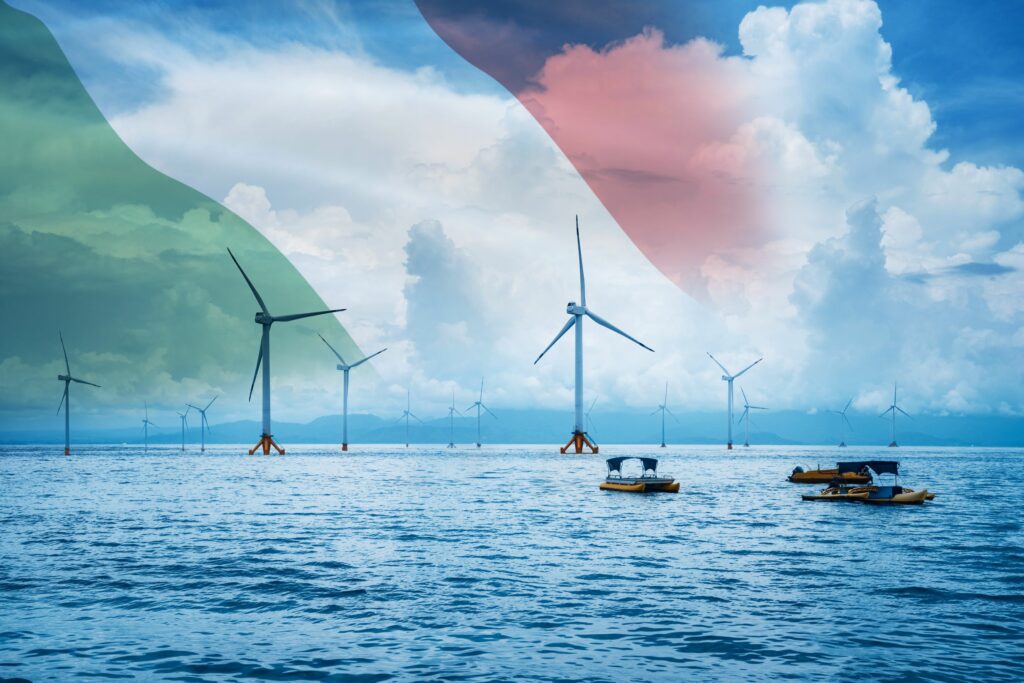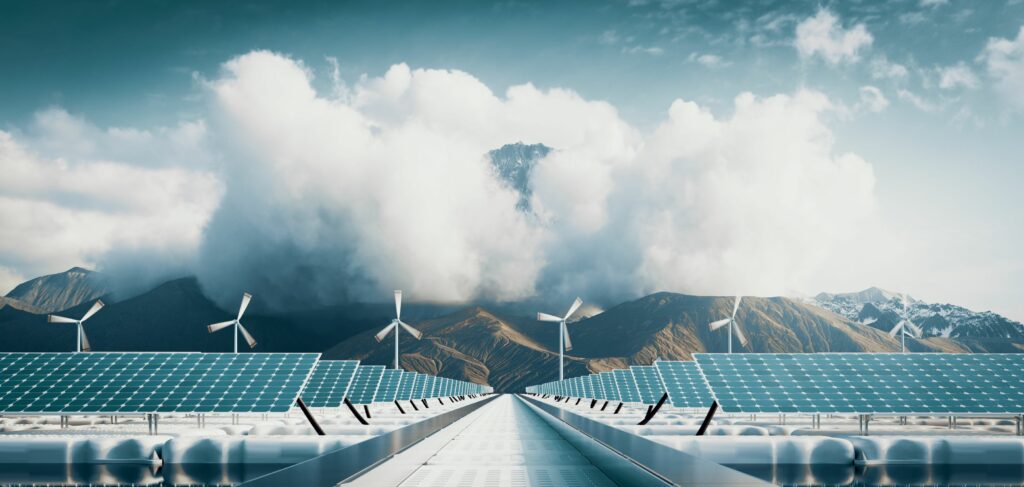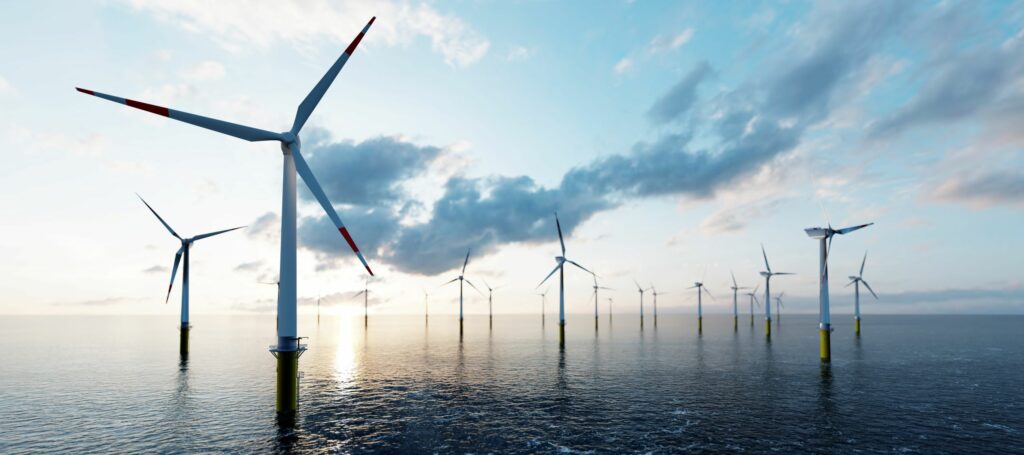The Impact of CfD (Contracts for Difference) on Italy’s FER2 Decree
A Revolution for Renewable Energy Development
Introduction
The European Commission’s approval of Italy’s FER2 Decree marks a pivotal moment for the country’s renewable energy sector. Designed to support less mature renewable technologies, the FER2 Decree endeavours to transform Italy’s energy landscape by introducing Contracts for Difference (CfD).
This development is significant for offshore wind energy, with plans to commission up to 3.8 GW of capacity over the next few years.
In this commentary, we have asked David Wotherspoon, Director of New Geographies, OWC and Riccardo Gnocchi, Senior Naval Architect, Longitude Engineering to deep dive into the FER2 Decree, eligibility criteria, the introduction of CfD, and the potential impact on renewable energy projects in Italy.
The FER2 Decree
The FER2 Decree seeks to incentivise the development of high-cost and innovative renewable energy plants through a sequence of competitive auctions between 2024 and 2028.
The decree covers various technologies, including offshore wind (both fixed and floating), geothermal energy, solar thermodynamic power, biomass, biogas, and floating PV plants.
With a total capacity target of 4.6 GW, the decree represents a colossal investment in Italy’s renewable energy future.

Eligibility and Auction Process
To participate in the auctions, renewable energy projects must meet the following criteria:
- Obtain necessary environmental approvals and construction permits.
- Secure a grid connection agreement.
- Comply with specific environmental and performance standards.
Projects are then invited to bid into a two-way CfD scheme, guaranteeing a fixed revenue stream by stabilising income against market fluctuations.
Successful bidders have 50 months to commission their projects, with penalties applied for delays.
Key Highlights and Comments
The Role of CfD in the FER2 Decree
The introduction of CfD in the FER2 Decree is a strategic move to attract investment by mitigating market risks.
By providing a stable income for producers, CfD reduces financial uncertainty that could deter investment in renewable energy projects. This structure is particularly crucial for offshore wind projects, which require significant upfront capital and face long development timelines.
Offshore Wind: A Major Focus
Offshore wind power, especially floating offshore wind, is a core focus of the FER2 Decree. With an allocation of up to 3.8 GW, offshore wind stands to benefit the most from this new incentive arrangement. The potential for offshore wind in Italy is vast, particularly in the southern regions, Sicily, and Sardinia, where wind conditions are beneficial, and floating wind technology can overcome geographical constraints.

OWC’s Role in Supporting Projects
OWC has been at the forefront of supporting renewable energy projects in Italy.
Our involvement ranges from project development to navigating regulatory and permitting processes. Notable projects include assisting developers in securing seabed concessions and environmental impact assessments (EIA) for offshore wind farms, in addition to creating ad hoc detailed technical studies on floating foundations and and wind turbines.
These efforts have positioned our clients to take advantage of the upcoming FER2 auctions.
Challenges and Considerations
Permitting and Grid Connection
While the FER2 Decree offers numerous opportunities, the success of the scheme hinges on the efficiency of permitting processes and grid connection approvals.
Italy’s permitting and grid authorities must be adequately resourced to handle the influx of applications. Delays in these areas could hinder the timely commissioning of projects and reduce the overall impact of the decree.
Competition and Market Dynamics
The competitive nature of the auctions means that only the most cost-effective projects will secure support.
The sheer competition could drive innovation and cost reductions, but developers need to be strategic with their bids. The capped support pot further adds to the pressure, as only a limited number of projects will receive financial backing.

Conclusion
The approval of Italy’s FER2 Decree and the introduction of CfD represent a transformative step for the country’s renewable energy sector.
By providing a stable revenue stream and reducing investment risks, the decree is poised to accelerate the development of offshore wind and other innovative renewable technologies.
However, the success of this initiative solely depends on the efficiency of permitting processes and the ability of developers to navigate the competitive auction landscape.
OWC is committed to supporting our clients through these challenges, leveraging our expertise to ensure successful project development and implementation. As Italy moves towards a greener future, the FER2 Decree and its CfD mechanism will undoubtedly play a crucial role in shaping the renewable energy landscape.
For more insights on renewable energy development and how OWC can support your projects, visit our website, or contact us directly.

David Wotherspoon
Director, New Geographies, OWC
